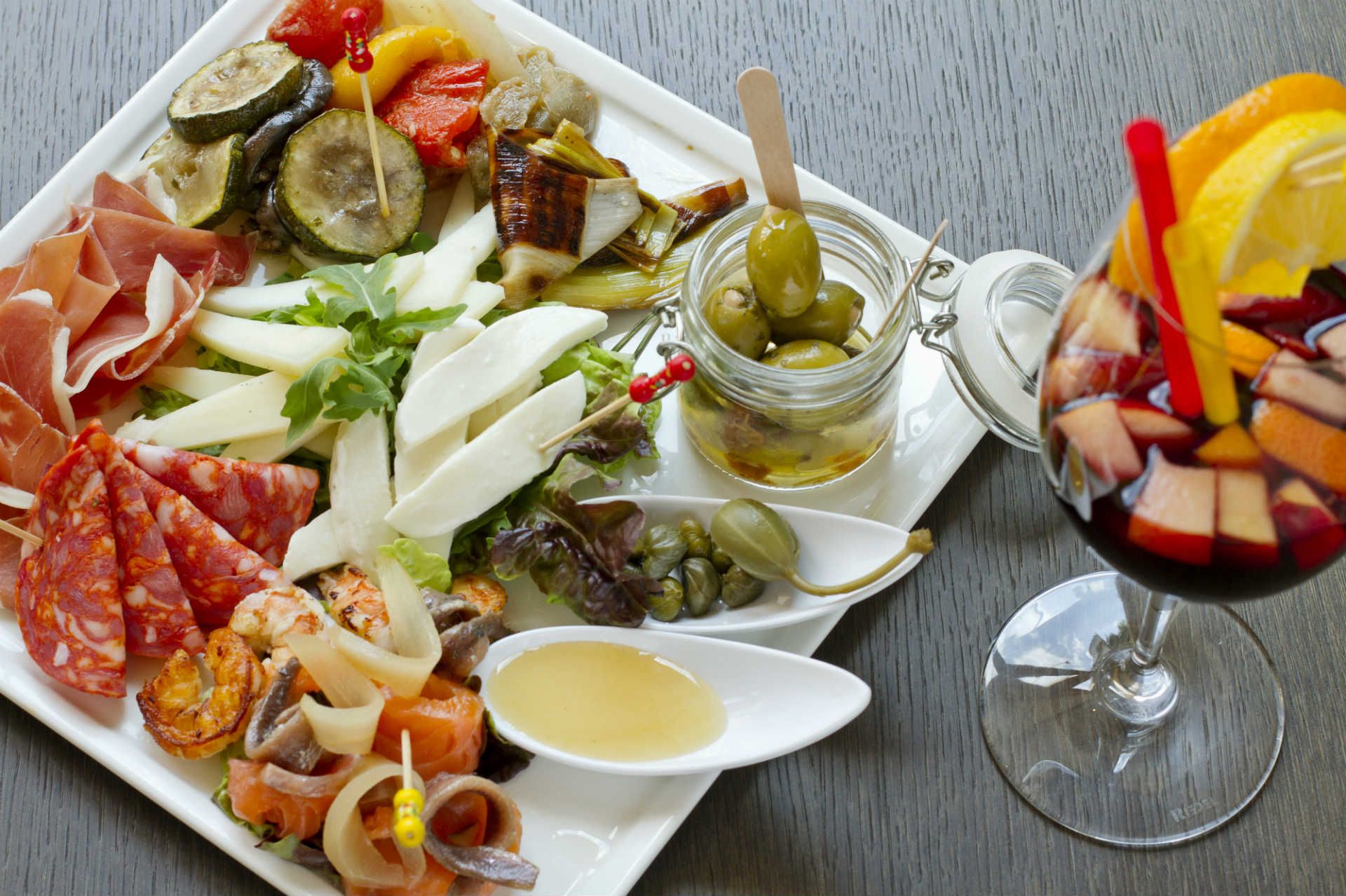Tapas in Seville
The city that invented tapas has some of Spain’s very best bars to sample them. It simply knocks spots off the competition: there is simply nowhere else in Andalucía – or even Spain – with such a variety of places to indulge this culinary art. El tapeo means eating “on the go” and Sevillanos do it on their feet, moving from bar to bar where they stand with a manzanilla or beer while wolfing back fistfuls of whatever tapas take their fancy. Locals tend to drink the cold, dry fino, but often change to beer in high summer. Another popular tapas partner is tinto de verano – the local version of sangría – consisting of wine mixed with lemonade and ice.
Picked Seville for your trip? Explore our list of the best places to stay in Seville.
Goat’s cheese in Villaluenga del Rosario
Some 13km southwest of Grazalema, the tiny mountain village of Villaluenga del Rosario is the highest in Cádiz province. Tucked beneath a great crag, it’s a simple place, with narrow streets, flower-filled balconies and pantiled roofs, frequently enveloped by mountain mists. Come here to try the famous goat’s cheese, which can be purchased at the multi-award-winning Payoyo cheesemaker’s factory on the south side of the main road running through the village.
Jerez in the "sherry triangle"
The northwest corner of Cádiz province is sherry country, a dramatic landscape of low, rolling hills and extensive vineyards. The famous triangle of sherry towns – Jerez de la Frontera, El Puerto de Santa María and Sanlúcar de Barrameda – are the main production centres of Andalucía’s great wine, but smaller places like Chipiona and even tiny Rota manage to muscle in on the action. Besides their bodegas, at many of which you can taste blends and buy some to take home, all the sherry towns make interesting places for a stopover in themselves.








